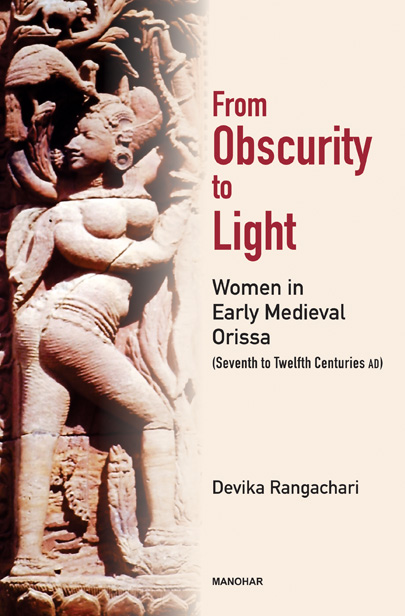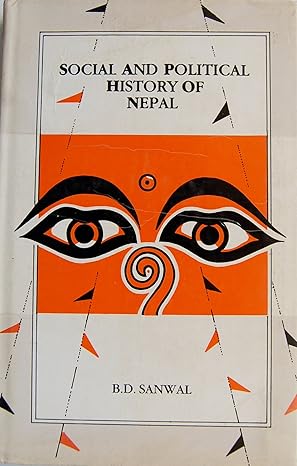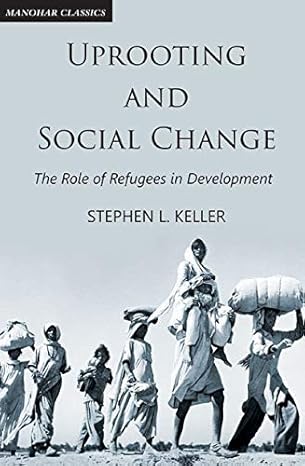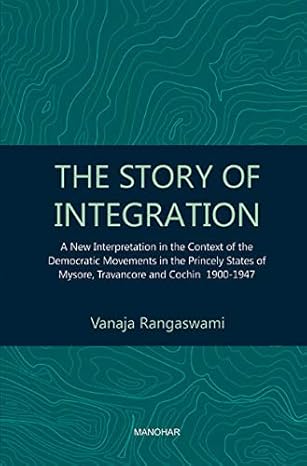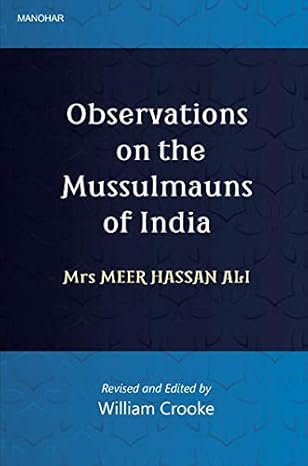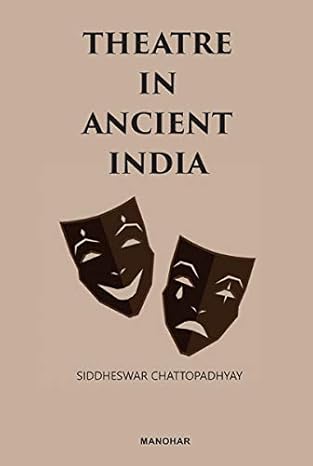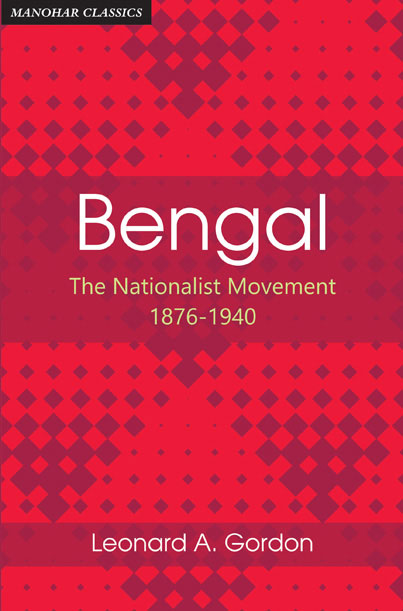History
Featured Products
IBN Battuta: Travels in Asia and Africa 1325-1354
₹1,196.00
M.R.P.:₹ 1,495.00
You Save: ₹299.00 (20.00% OFF)
From Obscurity to Light: Women in Early Medieval Orissa (Seventh to Twelfth Centuries AD)
₹1,116.00
M.R.P.:₹ 1,395.00
You Save: ₹279.00 (20.00% OFF)
Uprooting and Social Change: The Role of Refugees in Development
₹1,121.25
M.R.P.:₹ 1,495.00
You Save: ₹373.75 (25.00% OFF)
The Story of Integration: A New Interpretation in the Context of the Democratic Movements in the Princely States of Mysore, Travancore and Cochin 1900-1947
₹1,181.25
M.R.P.:₹ 1,575.00
You Save: ₹393.75 (25.00% OFF)
Bengal: The Nationalist Movement 1876-1940
₹1,355.75
M.R.P.:₹ 1,595.00
You Save: ₹239.25 (15.00% OFF)



